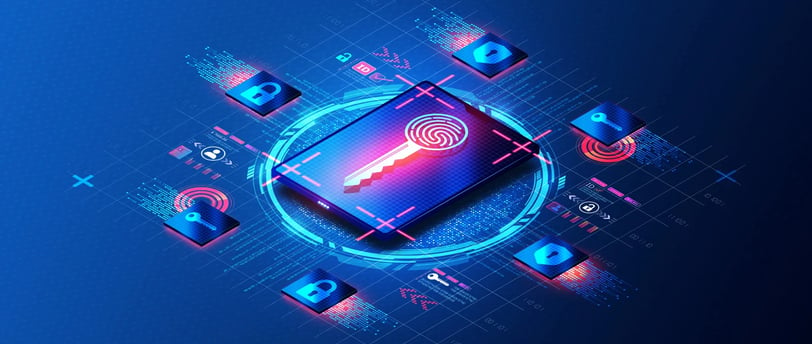The Cracks in MFA: Why We Must Rethink Authentication Now
1/22/20252 min read


As someone deeply invested in cybersecurity, I’ve always championed Multi-Factor Authentication (MFA) as a cornerstone of online security. For years, MFA has provided an essential layer of defense against unauthorized access, adding a critical hurdle for attackers to overcome. But recent events have made it clear: the system isn’t foolproof, and its weaknesses are becoming more glaring. The question is no longer whether MFA can fail, but how we adapt to prevent those failures from becoming catastrophic.
What’s Going Wrong with MFA?
The reality is that traditional MFA methods, especially those relying on SMS-based codes or one-time passwords (OTPs), are increasingly ineffective against the growing sophistication of cybercriminals. We’ve seen attackers deploy phishing kits capable of bypassing these mechanisms with alarming ease. Think about the W3LL phishing kit—this tool alone has compromised thousands of Microsoft 365 accounts, even when MFA was in place. These kits are no longer niche tools; they are accessible, automated, and devastatingly effective.
On top of that, generative AI has supercharged phishing campaigns. Attackers can craft emails and messages so convincing that even the most vigilant users are tricked. These aren’t the clumsy, typo-ridden emails of a decade ago. They’re polished, targeted, and designed to exploit human psychology.
Then there’s the problem of user fatigue. Let’s be honest: how many times have you quickly approved an authentication request without thinking? MFA prompts have become so routine that many of us treat them like background noise, which is exactly what attackers count on. This combination of sophisticated attacks and human complacency is a recipe for disaster.
Where Do We Go From Here?
The failures of legacy MFA systems are a wake-up call. It’s time to shift our mindset and approach. Here’s what I believe needs to happen:
1. Adopt Phishing-Resistant MFA
Methods like FIDO2-compliant hardware tokens or biometric authentication are far more secure than OTPs or SMS-based systems. They’re harder to intercept and less reliant on users making the right decisions under pressure.
2. Embrace a Zero-Trust Model
The old way of assuming that someone inside the system is trustworthy doesn’t work anymore. Continuous verification of user identity, device integrity, and activity patterns is the way forward.
3. Educate and Empower Users
Technology alone won’t save us. We need to educate people about the risks and ensure they understand how to recognize and respond to phishing attempts. Simpler, less intrusive authentication systems can also help reduce fatigue and improve vigilance.
4. Invest in Real-Time Threat Detection
Organizations must adopt tools that can identify and respond to threats as they happen. AI can work both ways—let’s use it to detect anomalies and block attacks in real-time.
The Bigger Picture
The recent Microsoft MFA outage serves as a stark reminder that even the best systems can fail. When businesses rely heavily on these systems, outages or compromises have ripple effects that disrupt operations and erode trust. This isn’t just about better authentication; it’s about building resilience into every layer of our security infrastructure.
We’re at a crossroads. Either we continue patching a system that is rapidly becoming outdated, or we innovate and create something stronger, smarter, and more adaptable. I’m betting on the latter. The stakes are too high to settle for “good enough.”
Final Thoughts
MFA has served us well, but the world has changed, and so have the threats we face. It’s time to acknowledge the cracks and build something better. By adopting advanced authentication methods, fostering user education, and embracing a zero-trust approach, we can turn the tide. The worst may be yet to come, but with proactive action, it doesn’t have to be inevitable. Let’s act now—before it’s too late.
